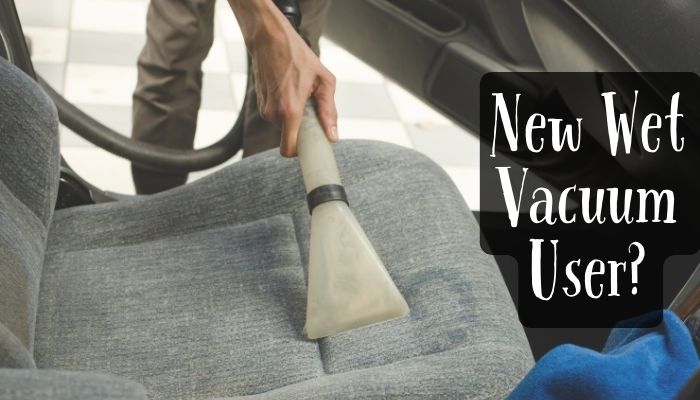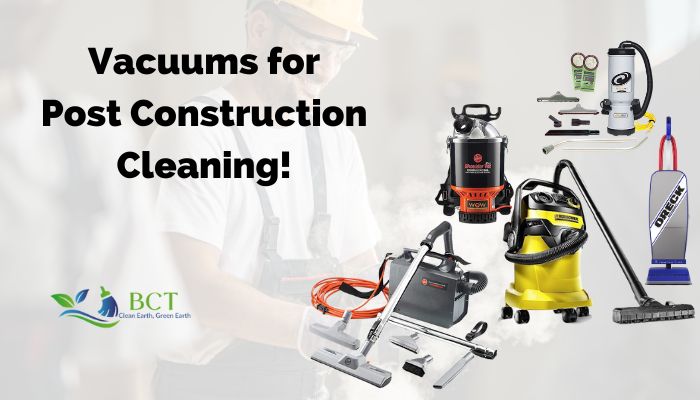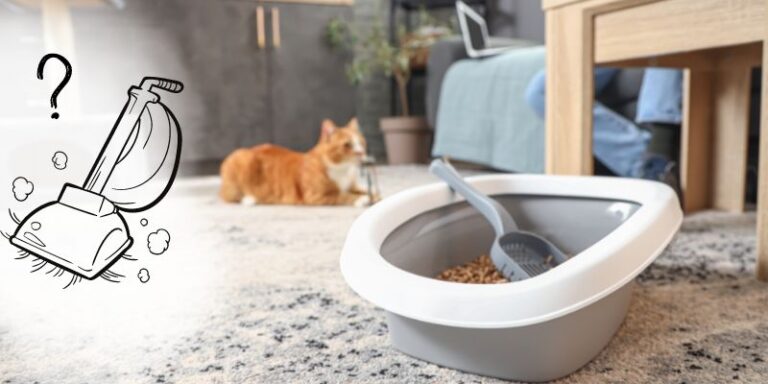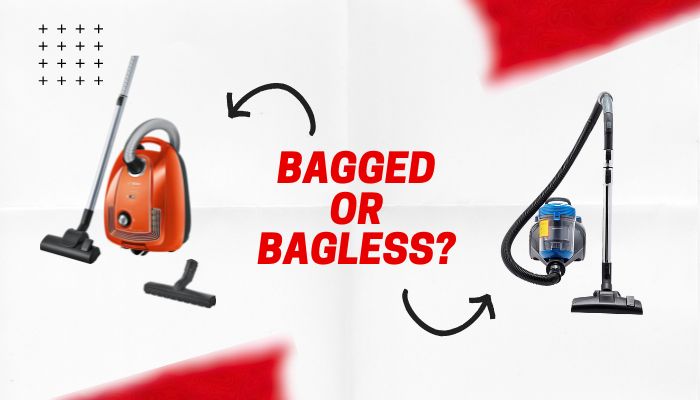As a vacuum cleaner expert and a responsible individual, it is crucial to understand the importance of proper disposal of vacuum cleaners. These appliances contain various components and materials that require specific handling to ensure environmental protection and personal safety.
In this article, we will explore different methods on how to dispose vacuum cleaners responsibly, keeping in mind the principles of recycling, reusing, and reducing waste. Let’s dive into the details.
Check the Warranty and Return Policies
Before considering disposal, it is essential to review the warranty and return policies of your vacuum cleaner. Some manufacturers may offer take-back programs or recycling options. Contact the manufacturer or consult the product documentation to determine if such options exist. Return programs can help ensure proper disposal and contribute to the recycling of materials.
Reuse or Donate
If your vacuum cleaner is still in working condition but you have decided to upgrade or no longer need it, consider reusing or donating it to someone in need. Many charitable organizations, community centers, and thrift stores gladly accept functional appliances. By extending the life of your vacuum cleaner, you contribute to reducing waste and supporting others.
Sell or Trade-In
If your vacuum cleaner is relatively new and in good condition, you may want to consider selling it through online marketplaces or trade-in programs. This option allows others to benefit from your appliance while putting some money back in your pocket. Remember to clean and sanitize the vacuum cleaner thoroughly before selling or trading it in.
Recycling Options

When a vacuum cleaner reaches the end of its usable life or is irreparably damaged, recycling is often the most suitable method of disposal. Recycling helps recover valuable materials and prevents them from ending up in landfills. Follow these steps for responsible recycling:
Research Local Recycling Facilities
Begin by researching recycling facilities in your area. Check if they accept electronic waste, including vacuum cleaners. Local government websites, recycling directories, or environmental organizations can provide information on nearby facilities.
Remove Batteries and Accessories
Before recycling, remove any batteries from the vacuum cleaner and separate them for proper disposal. Detach accessories and attachments, such as brushes and hoses, and evaluate if they can be recycled separately.
Disassemble if Possible
Some vacuum cleaners have components that can be disassembled easily. Check the user manual or online resources to see if disassembly is recommended or necessary. Separating different materials can enhance the recycling process.
Consult Recycling Guidelines
Different recycling facilities have varying requirements and guidelines. Contact the chosen facility or visit their website to understand their specific instructions for recycling vacuum cleaners. Follow their guidelines to ensure compliance.
Drop-Off or Arrange Pick-Up
Once you have prepared the vacuum cleaner for recycling, determine whether you need to drop it off at the recycling facility or if they offer pick-up services. Make necessary arrangements to complete the recycling process.
Proper E-Waste Disposal
If recycling facilities are not available or accessible in your area, it is essential to dispose of the vacuum cleaner correctly to avoid environmental harm. Contact local waste management authorities to inquire about e-waste disposal options. They may have designated drop-off points or special collection events for electronic devices.
Related article: How to Use Wet Vacuum Cleaners?
Conclusion
Proper disposal of vacuum cleaners is crucial to protect the environment and ensure the responsible handling of electronic waste. Whether through reuse, donation, recycling, or following local e-waste disposal guidelines, every effort counts towards a sustainable future. By taking the time to dispose of your vacuum cleaner responsibly, you contribute to reducing waste and preserving valuable resources. Let’s work together to create a cleaner and greener world.





